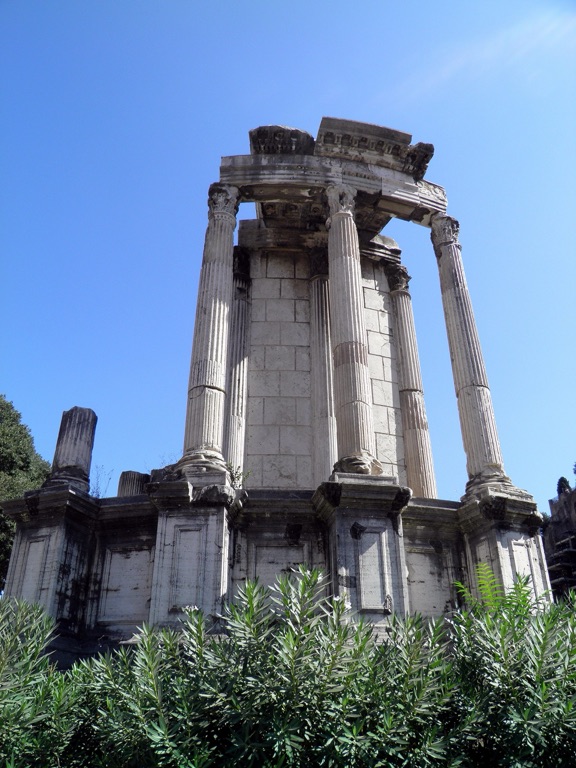Summary
Introduction to the Temple of Vesta
Discover the Temple of Vesta, the heart of ancient Roman worship and mythology. Resting in the Roman Forum’s bustling center, the temple once housed the sacred fire of Vesta, the goddess of the hearth. Although time has left only ruins, it has not dimmed the temple’s significance. Romans believed that as long as the vestal fire burned, Rome would endure. That belief shaped their ritualistic endeavors to protect and maintain this essential flame. Today, the remains of the temple offer glimpses into the lives of the Vestal Virgins and their critical role in sustaining Roman religion and society. Visitors can stroll through history, envisioning how this site once radiated with religious fervor and communal spirit.
Get your dose of History via Email
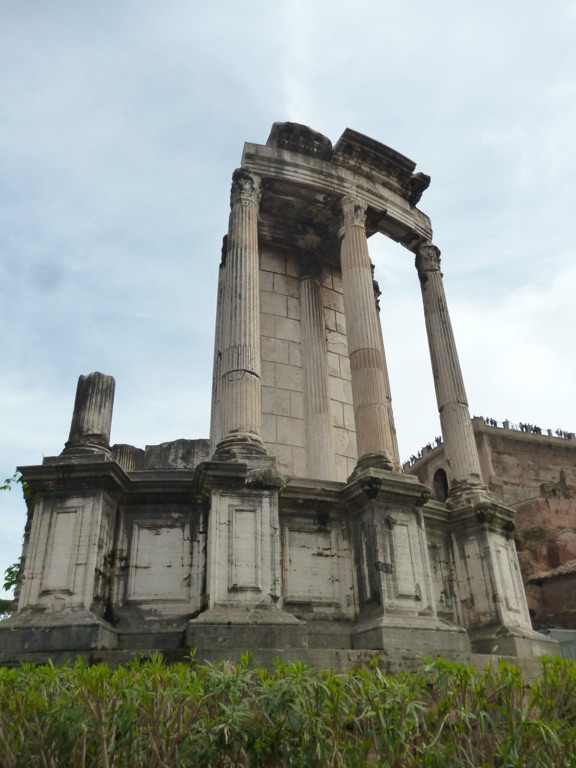
Architecture and Rich Legacy
The Temple of Vesta’s distinctive circular design echoes the shape of ancient huts, symbolizing the communal hearth of early Roman society. This architectural choice intertwines practicality with profound tradition, capturing the essence of Roman deities and their influence on Roman culture. Crafted with precision, the temple once boasted twenty graceful columns that bordered its outer edge, creating a sacred boundary around the flame of Vesta. Even as a ruin, the temple’s layout continues to inspire awe and respect for the ancient civil engineering that has withstood centuries. The lasting pillars and foundation are testaments to the ingenuity of Roman builders and the cultural value Romans placed on their divine protectors.
Historical and Cultural Impact
Engage with the Temple of Vesta’s enduring legacy, which extends far beyond its physical structure. Its history is etched in Rome’s collective memory and stands as a revered symbol of unbroken tradition and community unity. The temple was more than just a building; it was a central element of Roman cultural identity. By exploring this historic site, one connects with the values, beliefs, and practices that defined the Roman way of life. Understanding the temple’s role within the Roman Forum helps contextualize its standing, allowing visitors to appreciate its significance in ancient and modern times. The Temple of Vesta’s narrative invites reflection on the profound ways past societies have shaped our understanding of history, religion, and communal living.
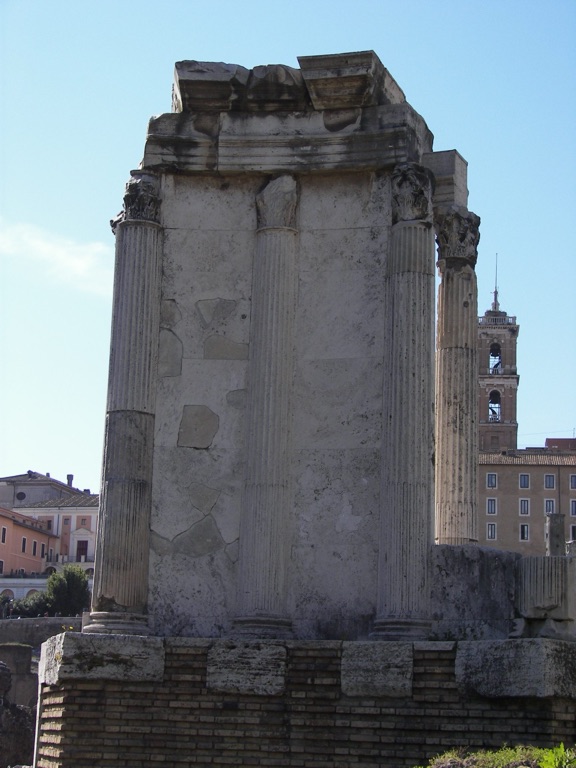
Historical Background of Temple of Vesta
The Origins and Purpose of the Temple
Uncover the historical roots of the Temple of Vesta dating back to the earliest days of Rome. Ancient Romans originally constructed this small, round temple to honor Vesta, the goddess of the hearth and home. Nestled in the Roman Forum, the heart of Roman public life, it stood as a symbol of the city’s prosperity. Remarkably, its flame, guarded by the revered Vestal Virgins, was a sacred fire that epitomized the safety and continuity of Rome. Devotion here was paramount; as long as the flame burned, citizens believed Rome would remain strong and protected.
The Role of the Vestal Virgins
Engage with the intriguing lives of the Vestal Virgins, priestesses dedicated to Vesta, sworn to maintain the temple’s sacred flame. Chosen as young girls, they lived under a vow of chastity for an initial thirty-year period of service, holding a unique position of honor and influence in Roman society. Their most solemn duty was to ensure the eternal fire never extinguished, as it represented the eternal life of Rome itself. Signifying purity and stability, the Vestal Virgins stood as powerful figures, respected and even feared for their role in rituals that were believed to safeguard the Roman state.
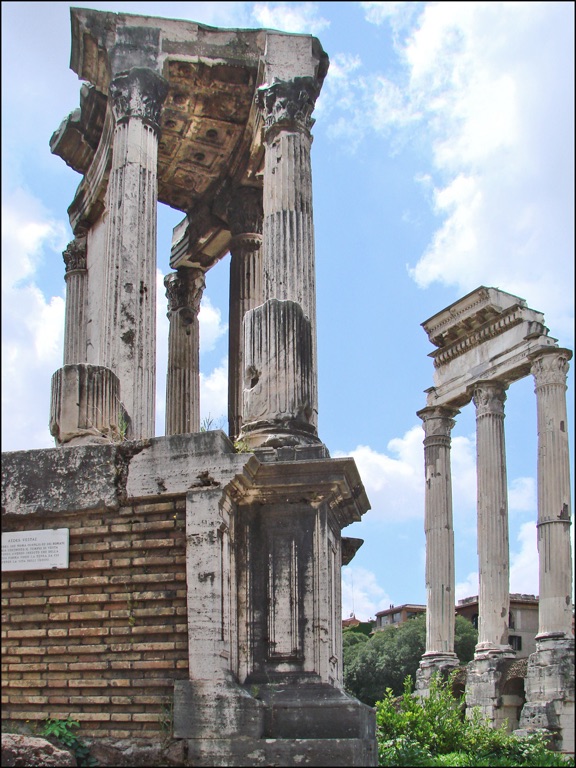
The Architectural Innovations
Marvel at the architectural strides reflected in the Temple of Vesta’s enduring design. In contrast to the traditional rectangular temples, its circular form and open hearth emblem invited Romans to experience a representation of a communal fireside. This unique structure, composed of marble and featuring a beautifully adorned roof, reflected an intimate space befitting the private, yet significant, ceremonies conducted within. Despite the ravages of time, the temple’s remains showcase the Romans’ advanced engineering and deep-rooted respect for craftsmanship and sacred spaces.
Closely intertwined with religious elements, the Temple of Vesta also played a political role, underpinning the power and stability of the Roman state. With the presence of the temple, it reinforced the belief that the gods’ goodwill could be secured through ceremonial acts overseen by the Vestal Virgins. The meticulously kept rituals and traditions conducted at the temple contributed to its status as a linchpin of civic, religious, and social order in Rome. The rituals here were not mere formalities but essential practices believed to impact the well-being of Rome and its extensive empire.
Today, the Temple of Vesta invites exploration of an era where divine connection and mortal endeavors were seamlessly interwoven. It is more than a historic site; it offers a tangible link to the past, allowing visitors to engage with longstanding traditions and understand the profound cultural importance of such revered places. The temple’s ruins serve both as a reminder of Rome’s impressive historical stretch and as an emblem of the eternal narrative of human reverence for the divine.
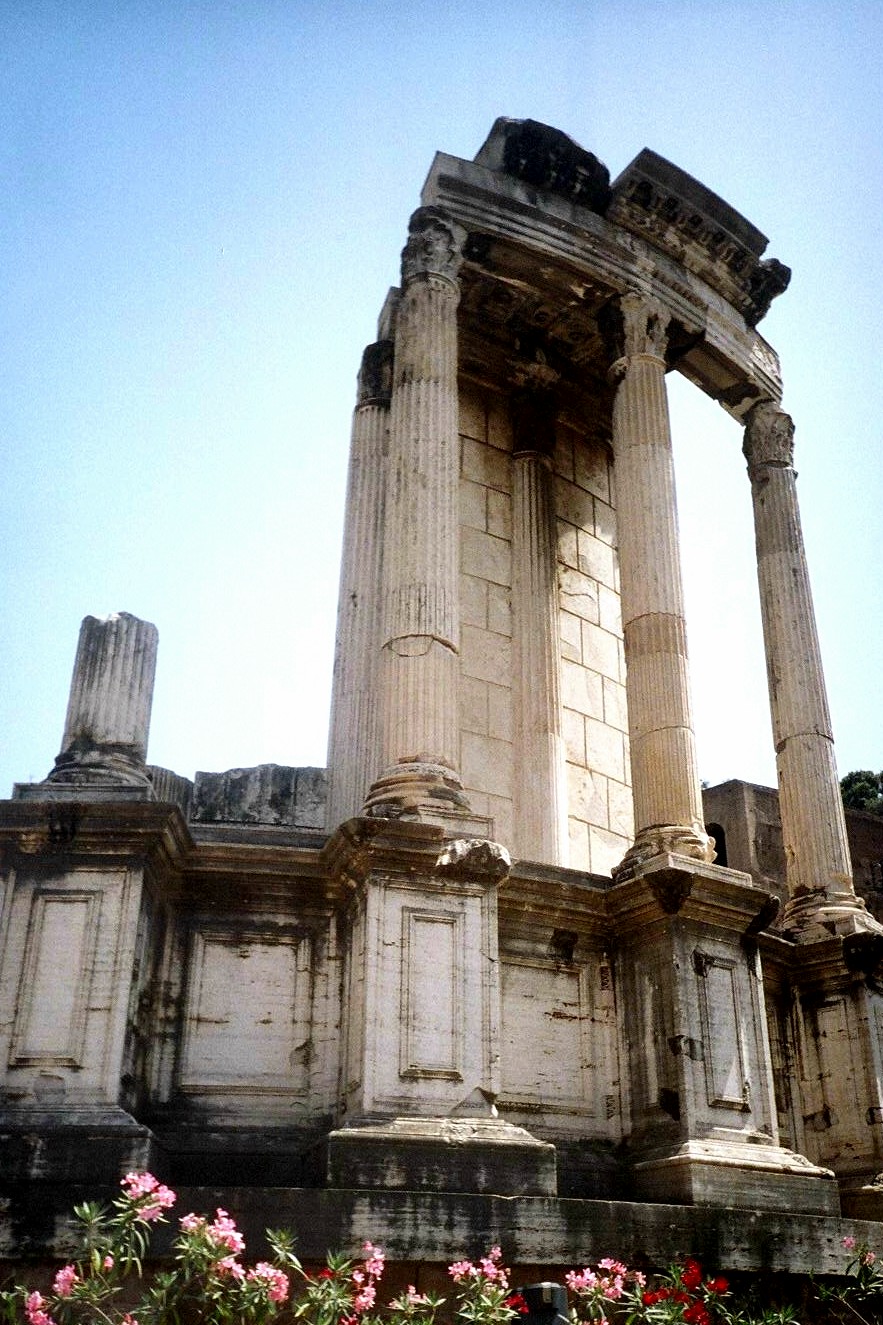
The Discovery of Temple of Vesta
Unveiling the Remnants
The historical Temple of Vesta remained hidden from modern eyes until archaeologists excavated the Roman Forum more extensively in the 19th century. This period saw a revival of interest in ancient civilizations and their religious sites. Prior to these excavations, the true significance of the ruins in the Forum were often misunderstood or unknown. The meticulous work of archaeologists unearthed the foundation and the few remaining columns, bringing the ancient site back to public consciousness. They pieced together writings, artworks, and the unearthed architectural fragments to identify the temple famously dedicated to the goddess Vesta.
The Key Figures in Discovery
Among the key figures responsible for the rediscovery of the Temple of Vesta, the pioneering, meticulous work of explorer Rodolfo Lanciani stands out. In the late 1800s, Lanciani applied his extensive knowledge of Roman topography, diligently matching ancient texts with physical sites. His critical role in mapping the ruins of Rome helped researchers to differentiate the Temple of Vesta from surrounding structures. This identification kick-started a series of investigations that gave rise to the temple’s historical reconstruction, both physically and conceptually for modern understanding.
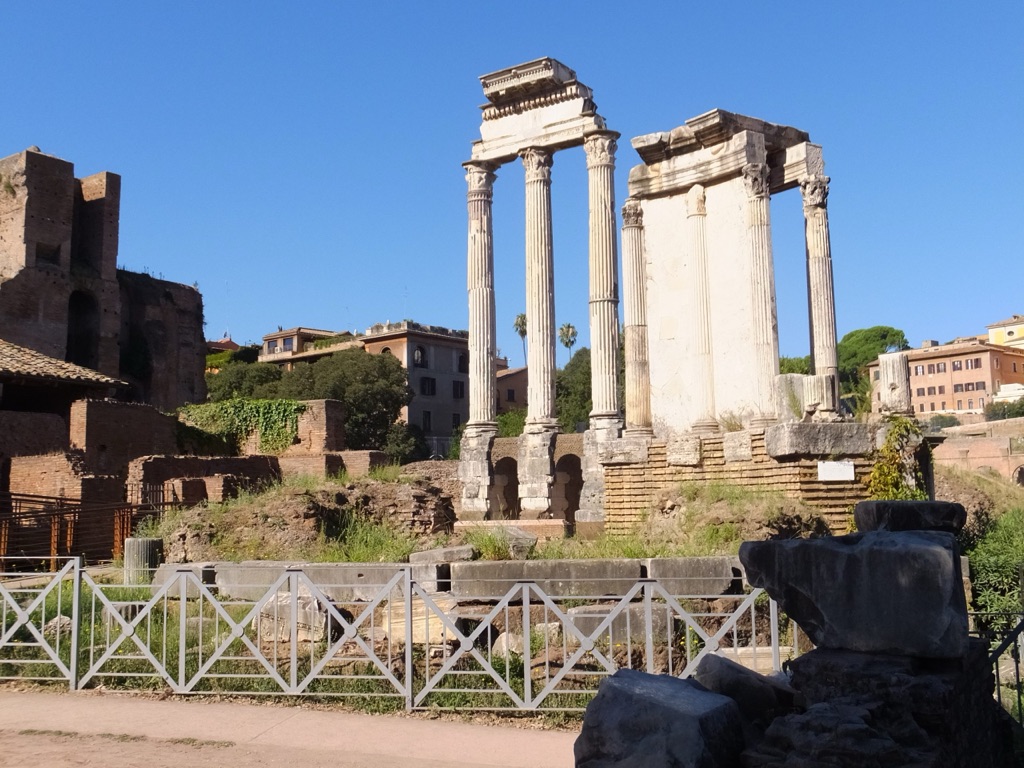
Chronology and Documentation
Exact documentation dating the discovery of the Temple of Vesta’s ruins points to the 18th and 19th centuries when intensive urban development spurred archaeological interests. Records show systematic excavations, which revealed the temple’s intricate ground plan and the remnants of its once-grand architecture. These findings were vital in constructing a timeline that traced the temple through its historical phases of prominence, decline, and rediscovery. The chronological breakthroughs sparked new academic inquiries into the religious practices linked with the temple and its broader cultural impact in the ancient Roman Empire.
The temple’s discovery has enriched Rome’s, and indeed the world’s, historical narrative. The Temple of Vesta’s excavation contributed significantly to the knowledge of ancient Roman architecture and religious customs. The ongoing conversations among historians, archaeologists, and scholars continue to paint a more detailed picture of the temple’s role and the civilization that built it. It has allowed the temple to become a focal point of study, shedding light on the complex historical context of Roman society.
Today, the Temple of Vesta stands as both a testament to the past and a beacon of historical discovery. Its story fascinates those interested in the Eternal City and serves as a prime example of how ancient wonders can be rediscovered. Modern visitors to the temple’s site can reflect on the significance of history’s resilient structures and how they continue to reveal secrets about our collective past with each layer unearthed.
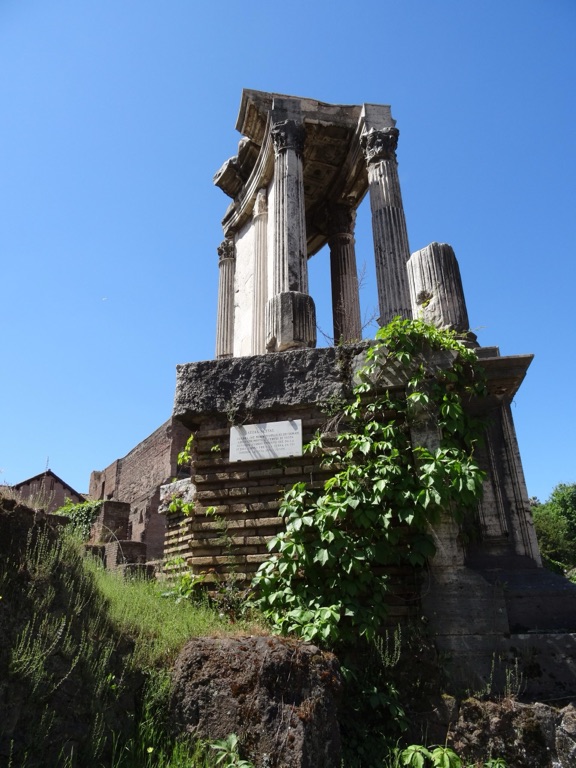
Cultural Significance, Dating methods, Theories and Interpretations
Unlocking the Temple’s Timeline
Dating the Temple of Vesta has been a crucible of archaeological science and historical scrutiny. Using methods like stratigraphy, researchers discern its chronological footprint layer by layer. Additionally, radiometric dating techniques, particularly thermoluminescence, have pinpointed the Temple’s construction and reconstruction periods. These scientific approaches, combined with historical records, paint a detailed temporal landscape. They bring us closer to the lives of the people who worshiped at this sacred site.
The Cultural Heart of Ancient Rome
The Temple of Vesta’s cultural significance echoes through history. As the flame’s guardian, it symbolized the unbroken survival of Rome. The Vestal Virgins, who tended the temple, were embodiments of the city’s social and religious ideals. Their presence affirmed the connection between civic duty and divine will. The temple’s significance steeped every facet of Roman life, demonstrating how intertwined faith and politics were in shaping an empire.
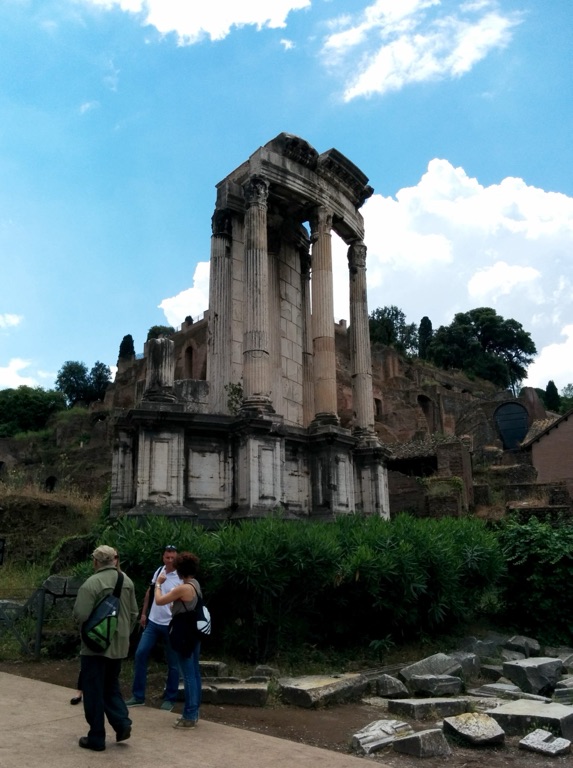
Theories Enshrined in Stone
Theories about the Temple of Vesta’s spiritual meaning abound. Some scholars suggest the circular design mirrors the earth and the heavens, linking cosmic order with civic stability. Others propose the design reflects the archaic homes of Romans, thus symbolizing domestic tranquility. Despite these divergent views, all theories agree the temple stands as a tangible representation of Roman values and beliefs.
Interpretations of the Temple’s narrative vary, often shaped by evolving insights from ongoing discoveries. A prevalent interpretation frames the temple as a signifier of Rome’s foundation myths—the legendary lore of Romulus and Remus. It further hints at a unified Roman identity fostered under the watchful presence of the state’s protective deities.
Meanwhile, modern interpretations broaden the Temple of Vesta’s narrative, linking it to discussions about gender roles and societal structure in ancient Rome. The Vestal Virgins’ unique status inspires debates about women’s power and autonomy in a male-dominated society. Thus, the temple serves as a portal into the intricate social fabric of ancient Rome, compelling us to ponder the lives it shaped and the customs it perpetuated.
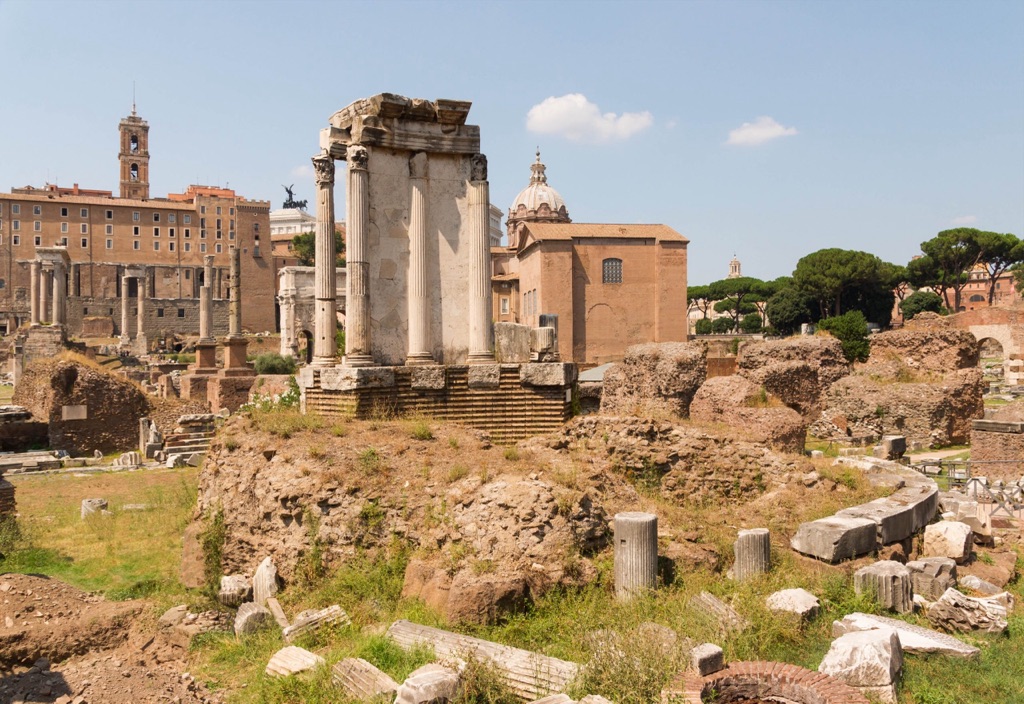
Conclusion and Sources
In essence, the Temple of Vesta stands as a monumental relic that encapsulates the Roman spirit, its religious sanctity, and the complexities of its sociopolitical landscape. Through the methodologies of modern archaeology and scholarly interpretations, the temple’s narrative does not merely recount a bygone civilization but immerses us in the nuances of historical continuity and cultural evolution. The ongoing scholarly pursuit to unearth, analyze, and contextualize artifacts from the Temple of Vesta continues to enrich our understanding of human history.
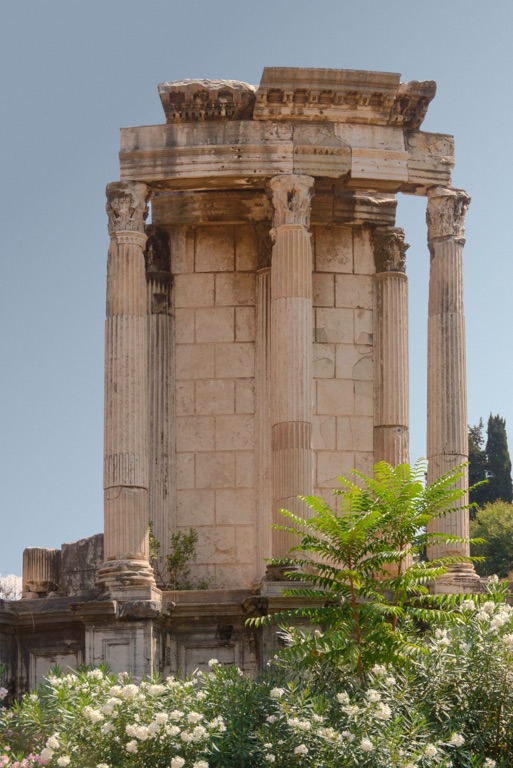
For further reading and to validate the information presented in this article, the following sources are recommended:
Or you can check any of these reputable archaeological and historical texts:
Beard, M. (2007). The Roman Triumph. Harvard University Press.
Claridge, A. (2010). Rome: An Oxford Archaeological Guide. Oxford University Press.
Cooley, A., and Cooley, M. G. L. (2004). Pompeii: A Sourcebook. Routledge.
Rüpke, J. (2010). Religion of the Romans. Polity Press.
Wildfang, R. L. (2006). Rome’s Vestal Virgins. Routledge.

